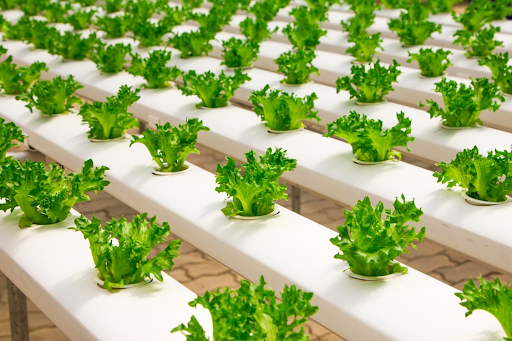The food sector stands on the brink of a technological revolution that promises to reshape every aspect of its operations. From automated robotics streamlining production lines to sophisticated data analytics optimizing supply chains, technology is poised to enhance efficiency, improve food quality, and reduce waste. This blog dives into how cutting-edge innovations are transforming the food industry, examining both the potential benefits and the significant challenges these advancements bring. Join us as we go through the dynamics of technology and food.
Automation and Robotics
Automation initiates a significant transformation in the food industry, particularly in manufacturing and packaging. Robots, with their precision and speed, replace manual labor in tasks such as sorting, packing, and even cooking. This shift not only enhances productivity but also improves safety standards by minimizing human error.
Data Analytics in Supply Chain Management
Data analytics plays a pivotal role in enhancing efficiency and reducing food waste in the supply chain. By analyzing patterns and consumption data, companies can predict demand more accurately, thereby reducing overproduction and waste. Advanced analytics tools help firms to optimize their inventory levels and distribution routes, ensuring fresh produce reaches consumers efficiently and sustainably.
Biotechnology in Food Engineering
Biotechnology revolutionizes the creation of food products by enhancing flavors, nutritional content, and shelf life. Through genetic modification and fermentation processes, biotech companies can develop crops that are resistant to pests and diseases. This not only boosts yield but also ensures that the global population has access to nutritious food, demonstrating biotechnology’s pivotal role in food sustainability.
Benefits of Technology in the Food Sector
Technology offers numerous advantages in the food sector, including:
- Labor efficiency: Automation reduces the reliance on human labor, particularly in repetitive and physically demanding tasks. This shift not only cuts labor costs but also reduces the risk of injuries, leading to a healthier, more focused workforce.
- Customization and personalization: Technology enables food producers to offer customized products tailored to individual dietary needs and preferences. Through machine learning algorithms, companies can develop personalized nutrition plans that cater to specific health requirements, enhancing customer satisfaction and loyalty.
- Energy efficiency: Technological advancements in equipment and processing methods can significantly reduce the energy consumption of food production facilities. More efficient refrigeration, heating, and cooling technologies help in lowering the carbon footprint of the food sector, aligning with global sustainability goals.
Potential Challenges of Technology in the Food Sector
- Technological dependence: Increased reliance on technology could make food systems more vulnerable to technical failures and cyber-attacks. Ensuring robust cybersecurity measures and backup systems is crucial to mitigate these risks.
- Regulatory hurdles: The introduction of new technologies, especially in biotechnology and genetic engineering, often faces strict regulatory scrutiny. Navigating these regulations can be time-consuming and costly, delaying the adoption of innovative solutions.
- Ethical and social concerns: The use of biotechnology, including genetically modified organisms (GMOs), raises ethical and social concerns. Public skepticism regarding GMO foods can affect market acceptance and require significant efforts in consumer education and transparent labeling.
Conclusion
In conclusion, technology profoundly influences the food sector by optimizing production, enhancing food safety, and reducing waste. While challenges exist, the ongoing advancements in technology promise a more efficient and sustainable food industry. Embracing these technologies not only supports global food demands but also propels the food sector towards a more innovative and resilient future.
